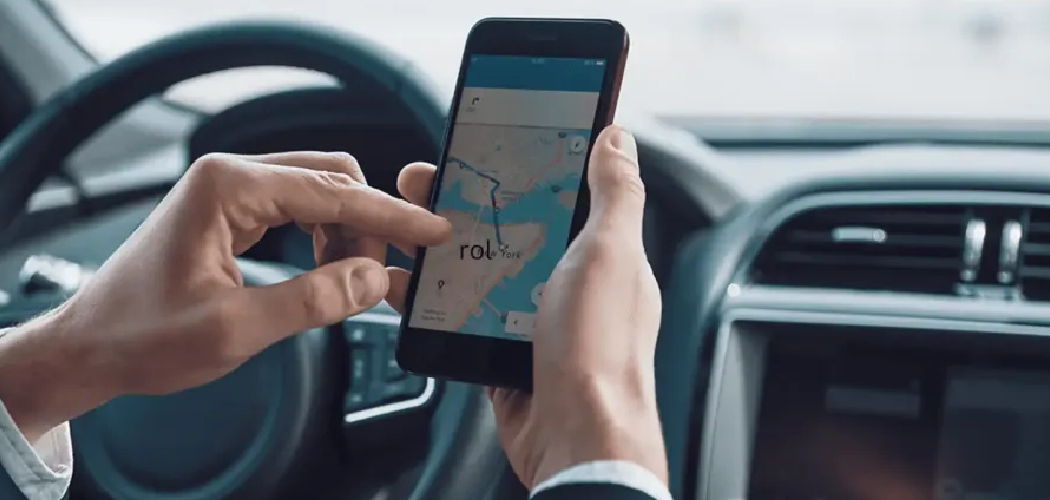In today’s world, protecting your vehicle from theft and ensuring its safety is paramount. While GPS tracking has been the go-to solution for many, there are instances where alternative methods are necessary or preferred. This article dives deep into “how to track a car location without GPS,” exploring several innovative and reliable techniques.
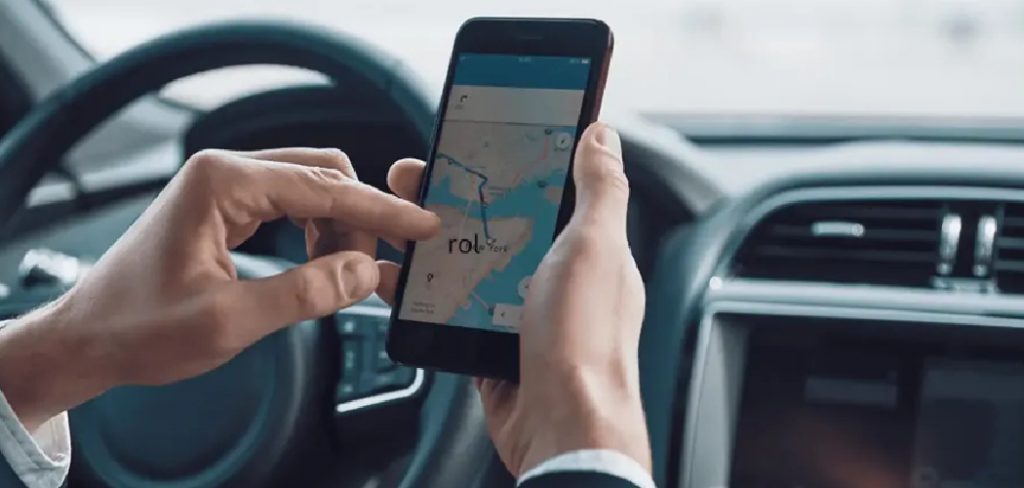
From OBD-II trackers to radio transmitters, TPMS data, and surveillance cameras, we present a comprehensive guide to help you monitor your vehicle effectively. Whether you’re dealing with urban complexities or rural expanses, these strategies aim to enhance your car’s security through a robust, multi-layered approach.
Understanding the Limitations and Advantages
While GPS tracking is widely used due to its accuracy and real-time capabilities, it does come with several limitations. One of the primary limitations is the potential for GPS signals to be obstructed by environmental factors, such as tall buildings, dense forests, or even weather conditions, leading to inaccurate or lost signals. Additionally, malicious actors can jam or spoof GPS systems, rendering them unreliable in certain scenarios. Privacy concerns are also significant, as consistent GPS tracking may lead to intrusive monitoring of individuals’ movements.
In contrast, non-GPS tracking methods offer several advantages, particularly in terms of cost, privacy, and simplicity. These alternatives are more affordable as they often utilize existing technologies such as radio frequency identification (RFID) tags or mobile phone tracking apps. Privacy is another significant benefit; non-GPS methods can avoid continuous tracking and reduce the risk of personal data being exposed. Furthermore, many of these methods are easier to deploy and maintain than sophisticated GPS systems.
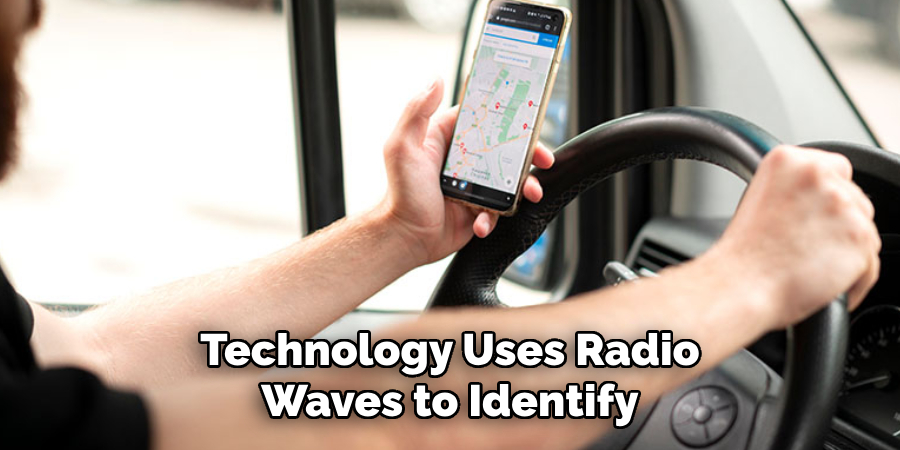
Common use cases for non-GPS car tracking include theft recovery, where tracking technology can be used to locate stolen vehicles discreetly. They are also valuable for monitoring purposes, such as keeping track of company cars or ensuring the safety of young or elderly drivers.
Tools and Materials Needed
Several tools and materials can be utilized to effectively track a car’s location without using GPS. Essential items include RFID tags, a mobile phone equipped with tracking apps, OBD-II trackers, radio transmitters, and tire pressure monitoring systems (TPMS). Each tool offers unique tracking capabilities that can be leveraged based on specific requirements.
Optional materials that can enhance tracking effectiveness include Bluetooth trackers, the LoJack system, and security cameras. These optional tools provide additional layers of tracking and security, ensuring comprehensive monitoring of the car’s location.
How to Track a Car Location without GPS: Using RFID Tags
Radio Frequency Identification (RFID) technology uses radio waves to identify and track objects. An RFID system comprises RFID tags containing electronically stored information and an RFID reader emitting radio signals to activate the tags. Once activated, the tags send data back to the reader, enabling the identification and tracking of the tagged item. This technology is beneficial for tracking a car’s location due to its reliability and relatively low cost.
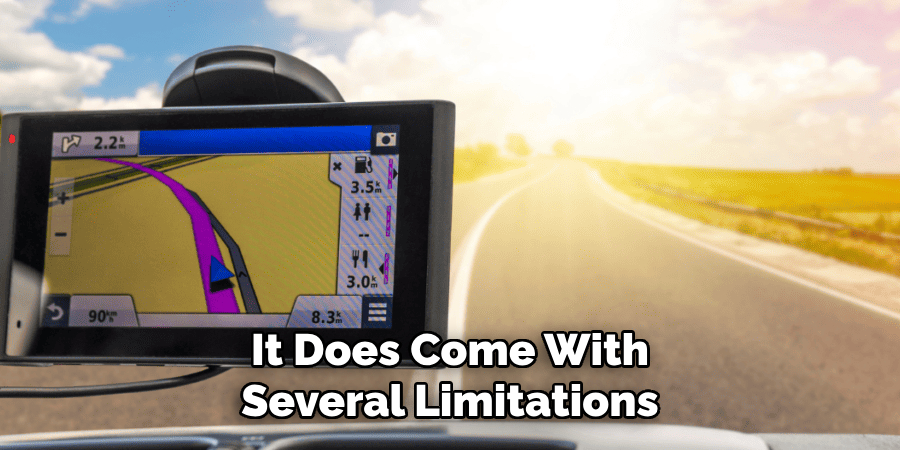
Step-by-step Guide to Installing RFID Tags in Your Car
- Choosing Discreet Locations for the Tags: Select inconspicuous locations within the car to place the RFID tags to avoid easy detection. Common places include inside the door panels, underneath seats, or within the dashboard.
- Ensuring Tags are Compatible with Tracking Devices: Before installation, confirm that your RFID tags are compatible with your RFID tracking device. Compatibility ensures effective communication between the tags and the reader.
- Installing the Tags: Use adhesive backing to secure the tags in chosen locations within the car. Ensure they are firmly attached and not likely to fall off or be discovered easily.
How to Use RFID Readers to Track the Car’s Location
- Activating the RFID Reader: Turn on the RFID reader and ensure it is within an appropriate range to detect the tags. The effective range can vary depending on the tag and reader specifications.
- Reading the Tags: As the RFID reader emits radio waves, it will activate the hidden tags within the car. The tags will then transmit their stored location data back to the reader.
- Interpreting Data: The received data from the RFID tags will provide information on the car’s location. This data can be displayed on the reader’s interface or transferred to a computer for further analysis.
Using RFID technology and carefully installing RFID tags in discreet locations within your car can offer an effective non-GPS tracking solution.
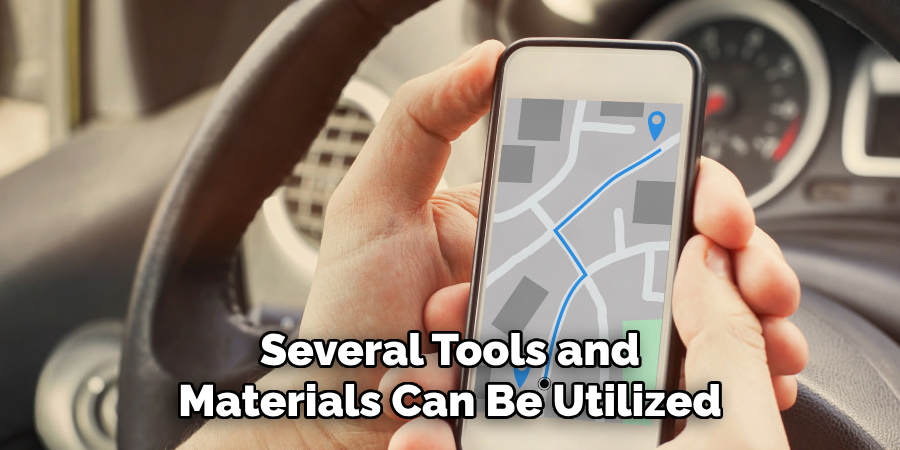
How to Track a Car Location without GPS: Mobile Phone Tracking Apps
Mobile phone tracking apps are another effective alternative to GPS-based tracking systems. These apps utilize cell towers and Wi-Fi signals to determine the phone’s location and do not rely on GPS technology. This method offers more discretion and can be just as effective in urban environments with greater cell tower density.
Overview of Phone-based Tracking Apps That Do Not Rely on GPS
Tracking apps like Find My iPhone (iOS) and Find My Device (Android) can locate a phone using cell tower triangulation and Wi-Fi network information. These apps continuously ping nearby cell towers and available Wi-Fi networks to estimate the phone’s location. Third-party tracking apps, such as Life360 and mSpy, also harness these technologies to monitor and track a device’s position. These apps are particularly useful in areas where GPS signals might be obstructed by tall buildings or dense foliage.
Installing and Setting Up a Tracking App on a Hidden Phone in the Car
- Choose a Phone and App: You can leave an old or secondary smartphone in the car. Download and install a suitable tracking app with cell tower and Wi-Fi tracking.
- Set Up the App: Follow the app’s instructions to set it up. This usually involves creating an account, enabling location services, and configuring settings for optimal tracking.
- Hiding the Phone: Place the phone in a hidden yet accessible location within the car, such as under a seat or inside a storage compartment. Ensure the phone is connected to a power source or has a sufficient battery life.
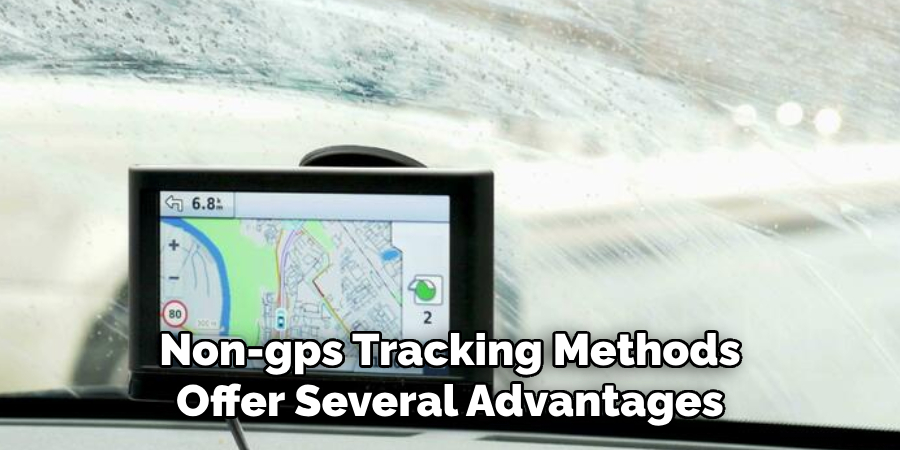
Using the App to Monitor the Car’s Location Through Cell Towers and Wi-Fi Signals
- Accessing the Tracking App: Log into the tracking app from another device, such as your primary phone or computer, to monitor the car’s location.
- Monitoring Location Data: The app will regularly update the car’s location using cell tower and Wi-Fi signals, displaying this data on a map interface. This lets you see the car’s approximate location in real-time or review historical location data.
- Analyzing Movement Patterns: The recorded location data can help you analyze the car’s movement patterns, identify frequent stops, and track the car’s route.
Using mobile phone tracking apps, you can effectively monitor a vehicle’s location without needing GPS, leveraging existing technologies for a reliable and discreet tracking solution.
OBD-II Trackers
On-board diagnostics II (OBD-II) technology is built into most modern vehicles, providing detailed information about the car’s health and performance. OBD-II trackers harness this technology to offer robust tracking capabilities. These devices plug into the car’s OBD-II diagnostic port, typically located beneath the dashboard, and can monitor the vehicle’s location, speed, and diagnostic information in real time.
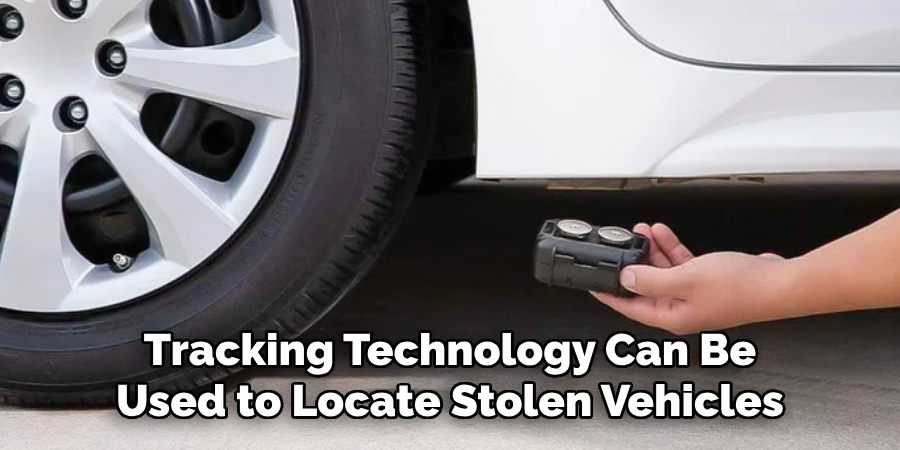
Explanation of OBD-II Technology and Its Tracking Capabilities
OBD-II trackers collect and transmit data using the vehicle’s existing diagnostic system. By connecting to the car’s internal network, these devices capture a wide range of information, from engine performance to emissions levels. Importantly, for tracking purposes, they can also provide precise location data by using an internal GPS receiver or through cellular networks.
Installing an OBD-II Tracker in Your Car’s Diagnostic Port
- Locate the OBD-II Port: The first step is to find the OBD-II port in your vehicle. This port is usually found under the dashboard, near the steering wheel.
- Connect the Tracker: Plug the OBD-II tracker into the diagnostic port. The device should fit snugly and may have an indicator light to signal a successful connection.
- Activate the Tracker: Follow the manufacturer’s instructions to activate the device. This may involve setting up a companion app or online account.
Using the OBD-II Tracker’s Features to Monitor Location Data
- Access Tracking Data: Log into the associated app or web portal to access the vehicle’s location data, which is updated in real-time.
- Monitor Vehicle Health: Beyond location tracking, use the OBD-II tracker to monitor your vehicle’s diagnostic information and receive alerts if any issues are detected.
- Analyze Driving Patterns: Review historical data to understand driving patterns, fuel efficiency, and areas where vehicle performance can be optimized.
By leveraging OBD-II technology, you can benefit from comprehensive tracking and diagnostic capabilities, ensuring your vehicle’s security and optimal performance.
Radio Transmitters
Radio transmitters offer another method for tracking a car’s location without relying on GPS technology. These devices emit a continuous radio signal that can be picked up by a corresponding radio receiver within a certain range. This method is particularly useful for short-range tracking and can be employed in both urban and rural environments.
How Radio Transmitters Can Be Used to Track a Car’s Location
Radio transmitters work by sending out a unique radio frequency signal that can be detected by a receiver. When the signal is picked up, the receiver can determine the direction from which it is coming, enabling you to triangulate the car’s position. This straightforward tracking method can provide real-time location information, albeit within a limited range.
Installing a Radio Transmitter in the Car
- Choose a Transmitter: Select a suitable radio transmitter that operates within the required frequency range and transmission power.
- Install the Transmitter: Place the transmitter in a hidden but effective location within the car, such as inside the boot or beneath a seat. Ensure the device is securely attached and not easily detectable.
- Power the Transmitter: Connect the radio transmitter to a reliable power source, such as the car battery, to ensure continuous signal transmission.
Using a Radio Receiver to Locate the Car Within a Certain Range
- Set Up the Receiver: Ensure the radio receiver is tuned to the frequency of the installed transmitter. This may involve configuring settings on a handheld or base station receiver.
- Start Tracking: Move the receiver around to detect the signal emitted by the transmitter. As you get closer to the car, the signal strength will increase.
- Pinpoint the Location: Use the signal direction and strength to locate the car within the transmitter’s range. This method can be particularly useful for finding a car in crowded or hidden areas.
By incorporating radio transmitters for vehicle tracking, you can achieve a reliable and non-GPS solution suitable for various environments.
Tire Pressure Monitoring Systems (TPMS)
Tire Pressure Monitoring Systems (TPMS) are designed to alert drivers of any significant changes in tire pressure, ensuring safer driving conditions. However, TPMS data can also be used to track car movements under certain conditions.
Using TPMS Data to Track Car Movements
TPMS sensors relay information about tire pressure to the vehicle’s onboard computer and sometimes directly to your smartphone or a monitoring device. By analyzing the data from multiple sensors, especially the times and locations where tire pressure readings change, it is possible to infer the car’s movements.
How to Access and Interpret TPMS Signals for Tracking Purposes
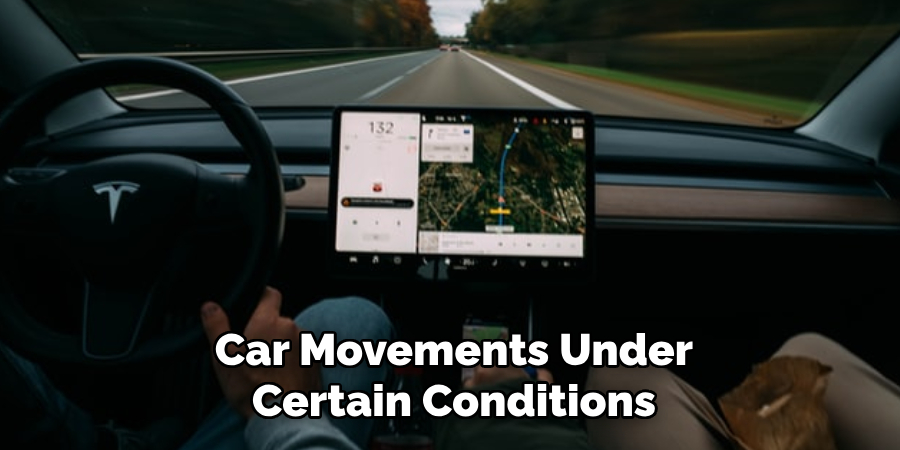
- Access TPMS Data: Use a compatible diagnostic tool or app to access the TPMS data from the vehicle.
- Interpreting Signals: Look for patterns in pressure changes that coincide with specific locations and times, potentially creating a map of the car’s recent journeys.
Limitations of TPMS-based Tracking
TPMS is not primarily intended for tracking and has significant limitations. The data may be sparse, providing only intermittent updates, and it lacks the precision and real-time accuracy offered by other tracking methods. Additionally, TPMS signals cover only a short range, making them unreliable for comprehensive tracking needs.
Surveillance and Monitoring
Utilizing security cameras strategically can significantly enhance the monitoring of car movements. By placing these cameras at key entry and exit points of parking areas, garages, and driveways, you can monitor your vehicle’s whereabouts. Community or neighborhood watch programs also play a crucial role in car tracking. Residents can collaborate and share information, alerting each other about suspicious activities and ensuring an extra layer of security.
Additionally, setting up motion sensor cameras in parking areas adds another layer of surveillance. These cameras activate upon detecting any movement, capturing potential threats or illicit activities in real time. Integrating these surveillance methods creates a robust monitoring network, safeguarding vehicles against theft and vandalism while fostering a secure community environment.
Combining Multiple Methods for Better Accuracy
Benefits of Using Multiple Tracking Methods Simultaneously
Utilizing various tracking methods concurrently can significantly enhance the accuracy and reliability of car tracking. By combining GPS, OBD-II trackers, radio transmitters, TPMS data, and surveillance cameras, you create a multi-layered security system that compensates for the limitations of any single method.
Improved Tracking Accuracy and Reliability
Integrating different technologies ensures continuous and precise monitoring, even if one system fails or provides inconsistent data. For instance, GPS may offer broad coverage, while radio transmitters help in short-range pinpointing, and surveillance cameras provide visual confirmation.
Example Scenarios of Combined Tracking Approaches
GPS and radio transmitters can provide location data in densely populated urban areas, while security cameras verify and document the vehicle’s movements. Combining OBD-II diagnostics with TPMS signals in rural settings ensures vehicle health monitoring and movement tracking, creating a comprehensive security network.
Conclusion
Understanding how to track a car location without GPS is invaluable for enhancing vehicular security. By leveraging alternative tracking methods such as OBD-II trackers, radio transmitters, TPMS data, and surveillance cameras, you can establish a robust and multi-faceted approach to monitoring your vehicle. Each of these methods offers unique benefits, from real-time location data to visual confirmation of the car’s whereabouts, and when combined, they provide a comprehensive security network. Whether you are in urban or rural settings, these techniques ensure that you can effectively track your car’s location, safeguarding it against theft and unauthorized use.

